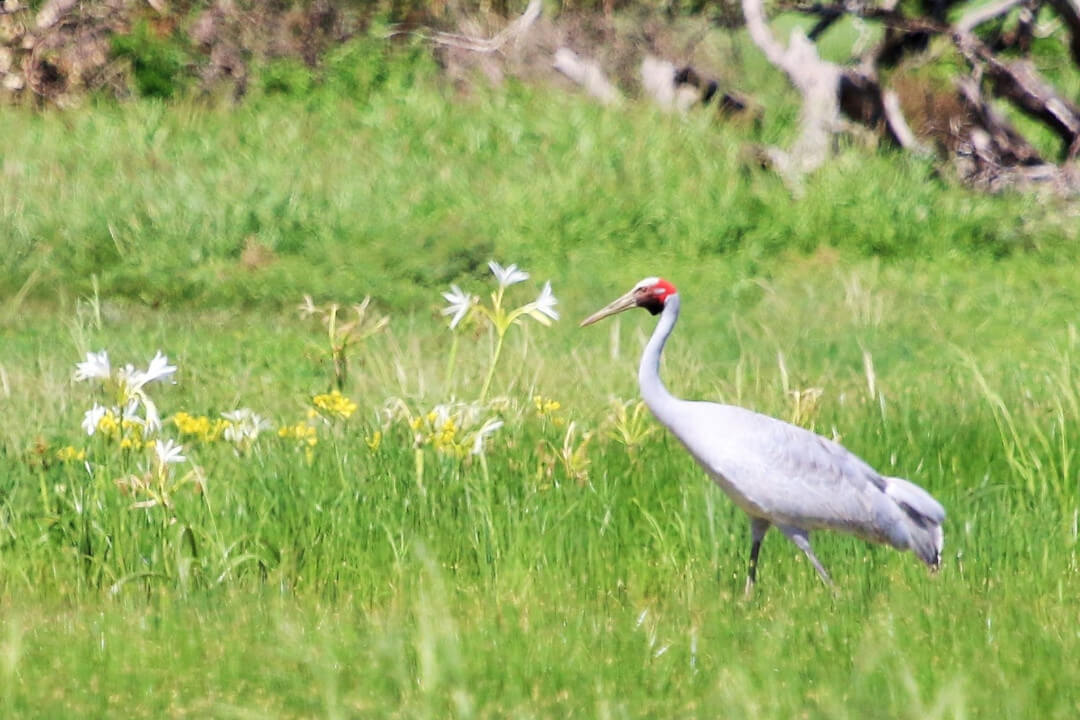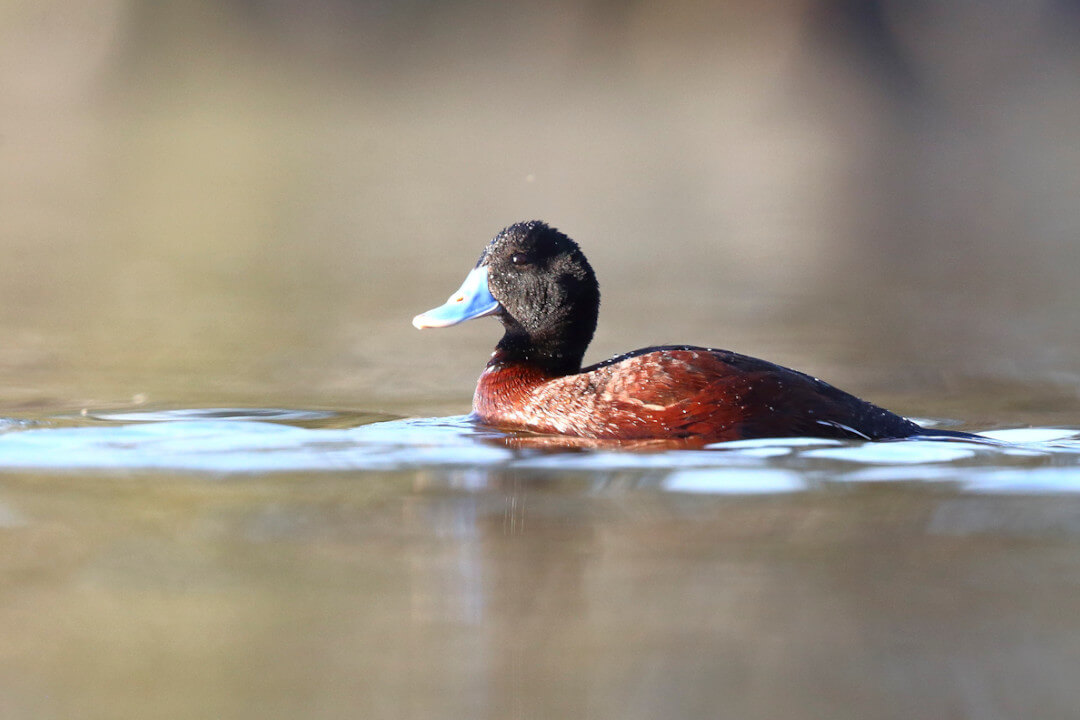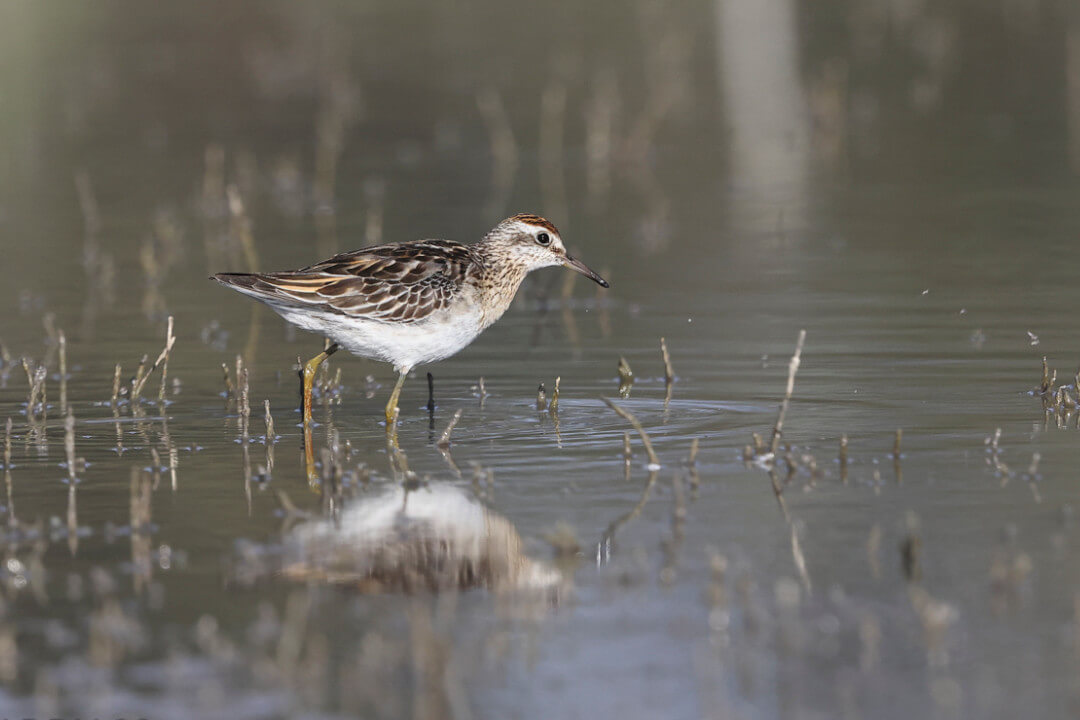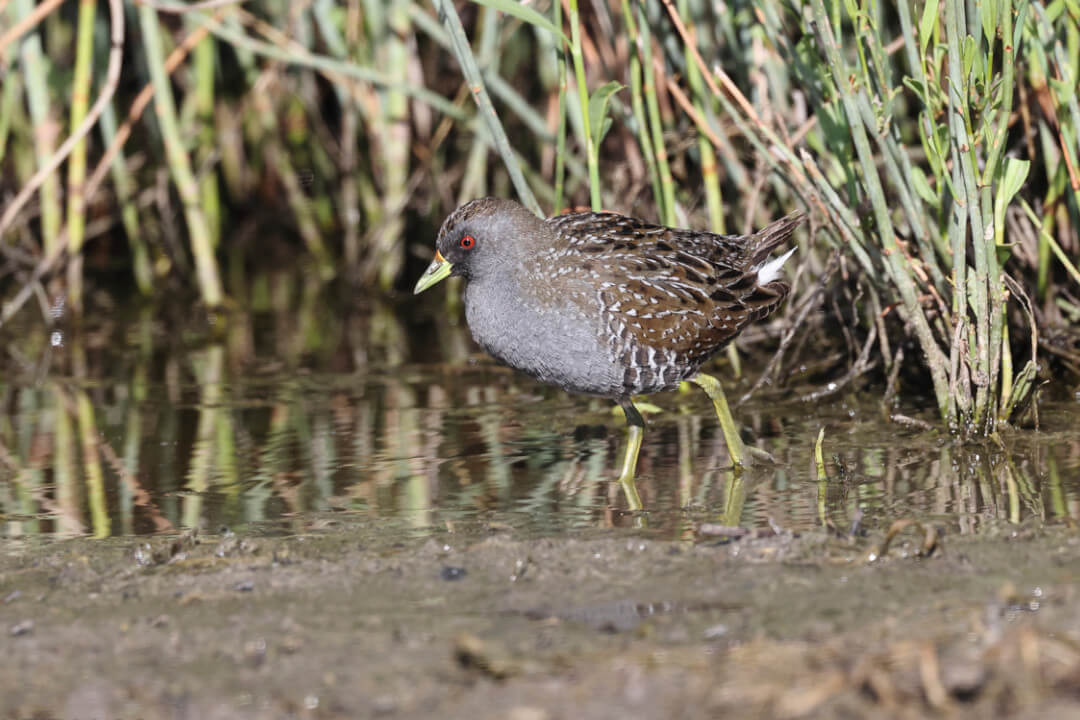Water for the Environment provides habitat for waterbirds in the NSW Murray-Darling Basin
Rare waterbirds are flocking to wetlands across the New South Wales Murray-Darling Basin, thanks to environmental water deliveries.
Annual spring monitoring across New South Wales revealed a diverse range of waterbird species, including threatened and migratory species.
Scientists and environmental water managers from NSW Department of Climate Change, Energy, the Environment, and Water work with other agencies and volunteers to survey wetlands and waterways across the Basin. Annual monitoring tracks species richness, abundance and breeding activity over time in response to environmental water delivery.
Waterbirds are highly mobile and rely on a network of healthy wetlands to complete their life cycles. Many wetlands across the Basin are recognised as internationally important for waterbirds.
Wetlands in the Macquarie Marshes, Lowbidgee floodplain and lower Lachlan, along with other locations, received environmental water during winter and spring 2024.
Jenny Spencer, Senior Scientist with the department, says that environmental water is critical in supporting feeding and breeding habitat for many waterbird species.
‘Regular monitoring provides critical data on how waterbirds and other animals respond to environmental flows and can inform adaptive water management,’ Jenny said.
‘We were so happy to see such a range of threatened and migratory species this spring in areas that had received water for the environment.’
Key highlights from the department’s spring 2024 ground surveys included:
Macquarie Marshes
- 47 species of waterbird recorded in sites within the Macquarie Marshes
- Australian painted snipe, Australasian bittern, black-necked stork, brolga and magpie geese observed (all threatened in NSW)
- Nationally threatened migratory sharp-tailed sandpipers detected Waterbirds including glossy ibis, ducks and waterhens recorded in large numbers
- Cryptic species including the Australian spotted crake, Baillon’s crake and spotless crake were also recorded.
Lower Murrumbidgee floodplain
- 40 species of waterbird recorded across sites in the Lowbidgee wetlands
- Migratory sharp-tailed sandpipers and Australian painted snipe recorded in the Western Lakes (near Balranald)
- Sites monitored in the Gayini wetlands managed by the Nari Nari Tribal Council, supported musk duck, Australasian bittern and large numbers of Australian shelduck.
Great Cumbung region
- 36 species of waterbird recorded in the Great Cumbung Swamp region
- NSW threatened blue-billed ducks and nationally threatened migratory sharp-tailed sandpiper detected
- Australian little bittern detected
- Other notable species feeding in the wetlands included glossy ibis, red-necked avocets and large numbers of waterfowl including hardhead, pink-eared duck, grey teal and Australian shelduck
- Nationally threatened southern bell frogs were also recorded at many of the waterbird survey sites. This species has expanded across the Great Cumbung swamp in recent years.
Nine wetland regions were surveyed over October-November, complementing aerial surveys coordinated by the University of New South Wales each spring.
Work is currently underway to collate the waterbird records from this season. When complete, the records will be available through NSW Bionet.



